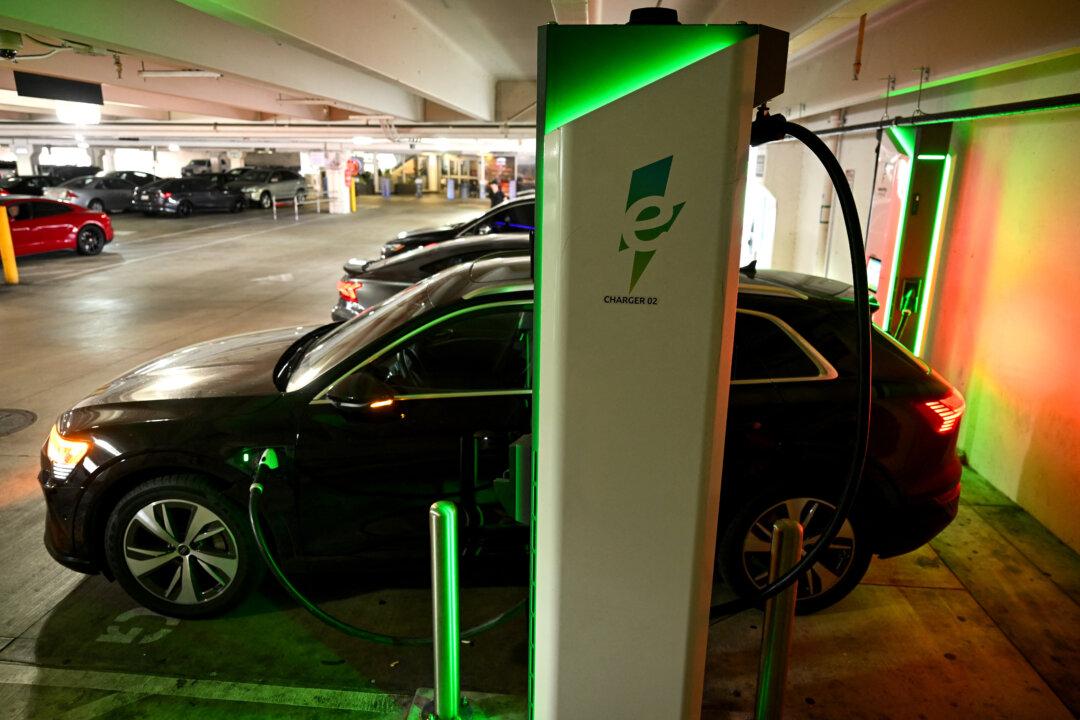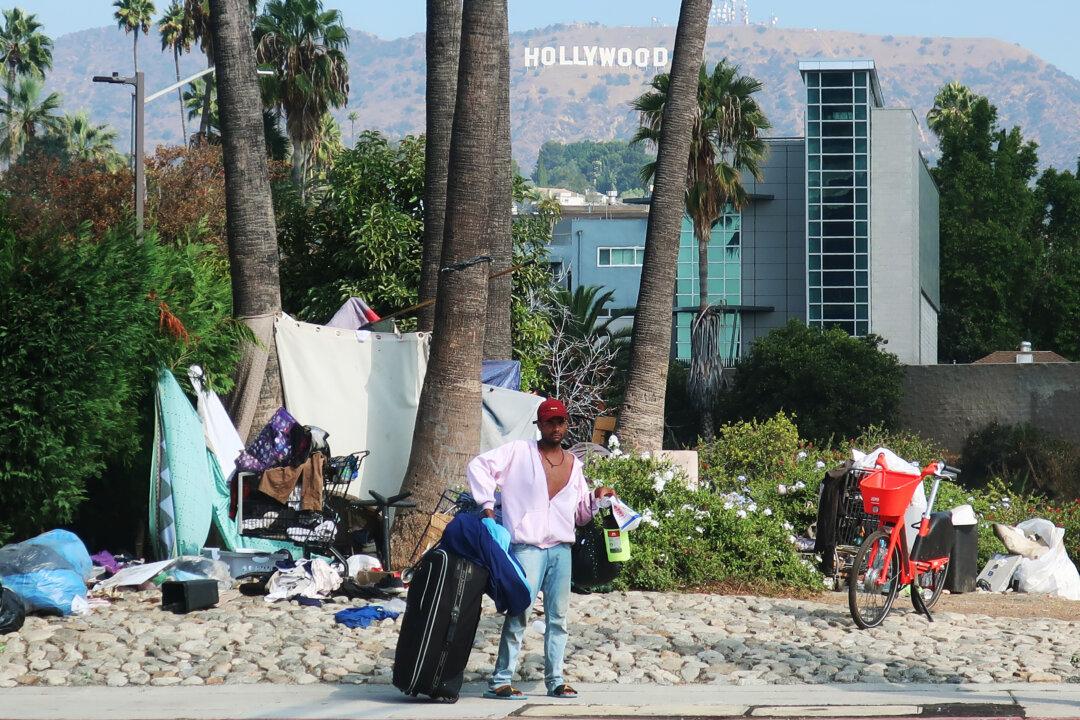Trump has accused some states, including California, of forcing businesses to pay for carbon use.
“Americans are better off when the United States is energy dominant,” Trump said in the order. “American energy dominance is threatened when State and local governments seek to regulate energy beyond their constitutional or statutory authorities.”
California has a goal of achieving carbon neutrality by 2045. The cap-and-trade program is considered key to meeting that goal, but it is set to expire in 2030 after an extension in 2017. It requires another extension by the state Legislature.
According to Newsom, cap-and-trade is the state’s leading climate program, holding “carbon polluters accountable by charging them for emitting more carbon pollution than allowed.”
The funds raised are used for state projects and programs that help clean the air, protect public health, reduce reliance on fossil fuels, conserve nature, and more, according to his office.
The fees are paid to the state by electricity suppliers, natural gas utilities, and fuel distributors, with the costs passed down to consumers in the form of higher gas prices and utility rates.
The fees allow the state to give climate credits applied twice a year to residents’ utility bills. These utility credits have amounted to $15 billion, said CARB Chair Liane Randolph.
CARB’s 2025 California Climate Investments Annual Report found that in 2024 alone, the state invested $1.9 billion in nearly 12,000 new projects.

“California is proving that cutting pollution creates jobs and boosts communities,” Newsom said in a statement. “By holding polluters accountable, we’re sending billions of dollars back to communities and back to people’s wallets through credits on utility bills. And we’ve got the receipts: healthier and cleaner communities and thousands of good paying jobs.”
If the program is extended, project funding is expected to pay for several programs, including tribal land stewardship and wildfire resilience in the Northern California coast, workforce development of zero-emission vehicle careers in Fresno, and a composting effort supporting migrant and refugee farmers in West Sacramento, according to CARB.







